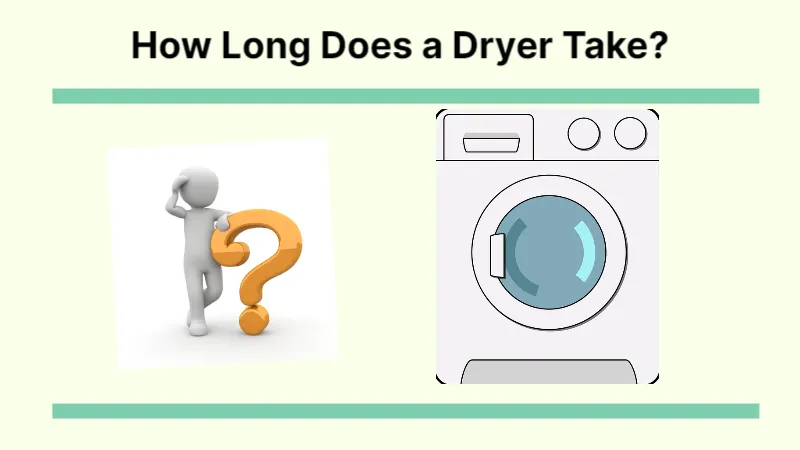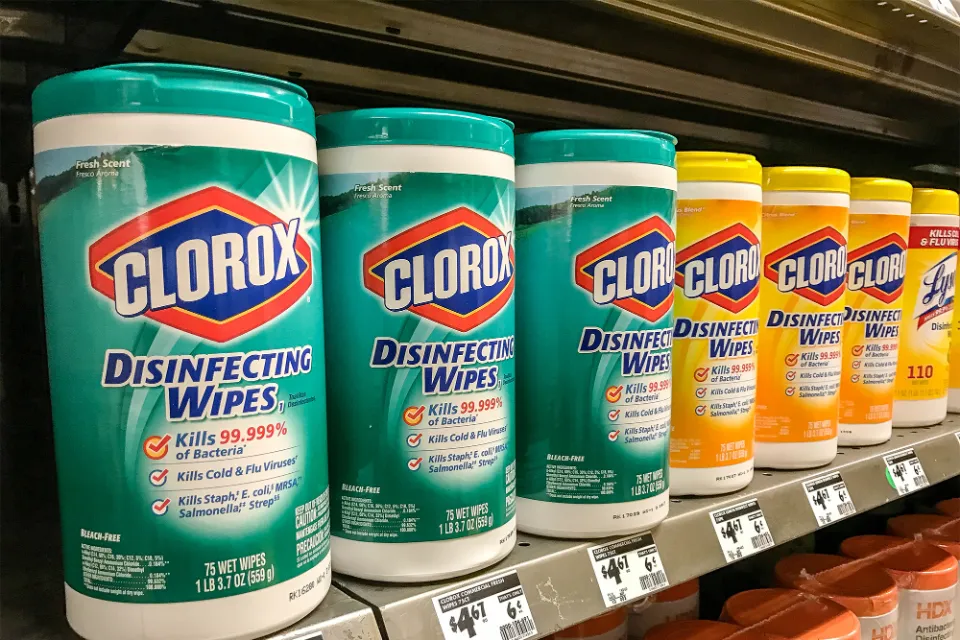“How long does a dryer take?” will depend on the make and model of the dryer, the size of the load, the type of fabrics being dried, and the condition of the dryer.
A full load of laundry should typically dry in a gas or electric dryer in between 30 and 45 minutes. Dense fabrics, such as a quilt or a stack of thick bath towels, may take up to an hour to dry.
Find the cause of the issue rather than just ignoring it if your dryer is taking too long to dry your laundry. Beyond the inconvenience, a broken dryer can raise your energy costs or, much worse, start a house fire.
How Long Does a Dryer Cycle Take?
You can expect that load of laundry you’ve just put into the dryer to take anywhere from 20 minutes to an hour and a half.
This is presuming that the dryer is in good condition, being used correctly, and not being broken or overloaded.
The length of time a dryer cycle takes depends on a few factors including:
- What you’re drying
- Load size
- Settings
- Dryer efficiency
- Dryer upkeep
- Technical problems
Below, I’ll go into more detail about each of these.
What You’re Drying
When compared to thinner materials like a t-shirt, thicker materials like a comforter will dry faster. Clothes typically dry completely in 30-45 minutes, but larger loads, like blankets or towels, may take an hour or longer.
Drying time for small loads of delicates or sheets could be as quick as 20–25 minutes.
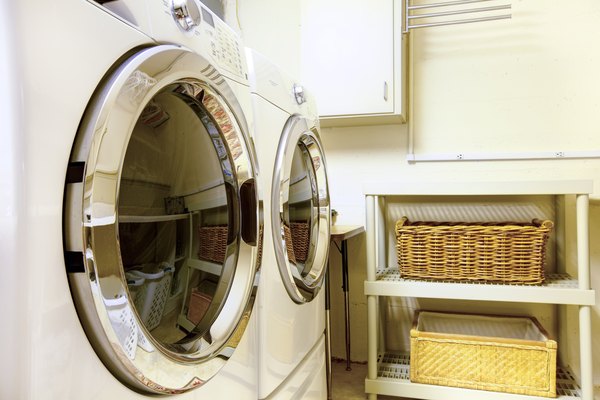
Load Size
Larger loads and bulky items both take longer to dry. For instance, because of its size, I once purchased a heavy king-size comforter that dried more slowly than any other bedding I’ve ever owned.
In contrast, it will take less time to dry a single towel or small piece of clothing than it would to dry an entire load of laundry.
Try drying just that one item in the dryer and then transferring the rest of the load once it has dried if you are in a rush to leave the house but need a specific item to dry first.
Additionally, if your laundry typically takes too long to dry, it’s possible that you are putting too many loads in at once.
My family must keep in mind not to overload our dryer because my washer and dryer were bought separately and the washer can handle a much larger load.
Settings
Your dryer’s heat settings can help you achieve faster or slower drying times. It’s best to adhere to the dryer’s manual’s instructions or the labels on your belongings for detailed guidance.
Your clothes will dry more quickly as the temperature rises. It can harm some fabrics, so this isn’t good for all of them.
Dryer Efficiency
Starting out, some dryers are more effective than others. The dryer brand or model you choose may be the cause of this.
The majority of homes have vented dryers, but there are also condensed and heat pump dryers on the market that dry clothes more slowly. (These have the advantages of portability and energy efficiency.)
However, there are other factors that affect efficiency as well, such as maintenance and technical difficulties.
Upkeep
A dryer that receives routine maintenance will last longer and operate more effectively.
Every time you use your washer, be sure to clean the lint tray and make sure to get into the lint trap as well. Unnoticed lint may fall into this area, but a vacuum can remove it and keep your machine functioning properly.
Clean the vent at the back of your dryer at least twice a year.
This will not only keep your appliance running smoothly, but also removes a fire hazard from your home. Maintaining is crucial!
Technical Problems
It could take much longer than usual to dry your laundry if your dryer is experiencing mechanical issues that are preventing it from functioning properly.
Technical problems that can cause your dryer to perform poorly include:
- Lack of airflow due to lint buildup
- Broken air vent
- Air vent is too long
- Broken heating element
- Broken thermostat or sensors
Some of these can be fixed by you, especially if you’re handy! If not, you might have to get your dryer fixed by a pro.
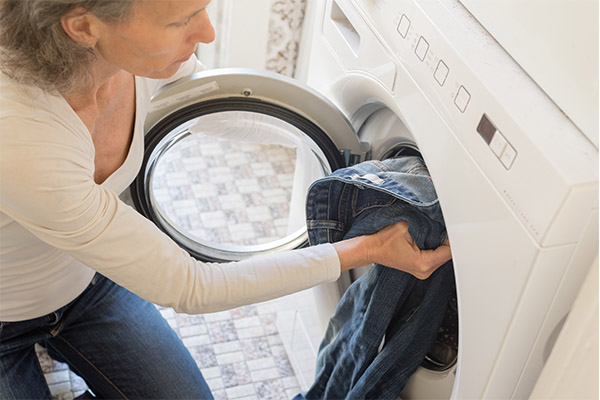
Dryer Cycle Time – Key to Energy Efficiency
A significant energy-saving factor for dryers is the dryer cycle time.
The dryer uses more energy as the drying cycle extends.
Dryers must have a test cycle that is less than 80 minutes in length to be ENERGY STAR certified.
Consumers who care about the environment seek out dryers that have earned the ENERGY STAR label. Because there is a high demand on the market for dryers that have this certification, it is likely that dryers without it are less energy-efficient and dry clothes more slowly.
A crucial measure of energy efficiency is the Combined Energy Factor (CEF). Dryer load weight is divided by the amount of energy needed to complete a cycle to obtain the CEF figure.
The dryer is more efficient the higher the CEF number.
Fast dryers use less energy, so their CEF will be higher because of this.
Get more details about energy efficient dryers, here, and see how much they cost to run, here.
Next, let’s look at how long each brand’s dryer cycles take.
Samsung Dryer Cycle Time
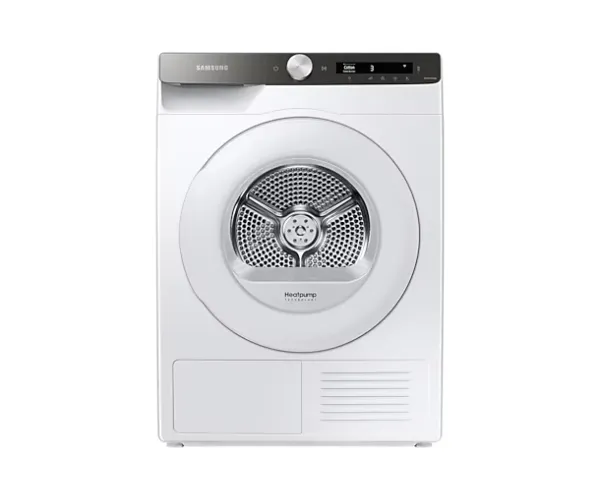
Samsung dryer cycle times range from 60 to 73 minutes.
Samsung dryers typically have a 67-minute cycle time. The typical cycle time for Samsung dryers, though, is 65 minutes.
The Samsung DV22N680*H* has a cycle time of 60 minutes, making it the fastest Samsung dryer available.
This dryer is not just ENERGY STAR certified, it’s an “ENERGY STAR Most Efficient” dryer.
Get more details about this dryer, including the price, on Home Depot, here.
Whirlpool Dryer Cycle Time
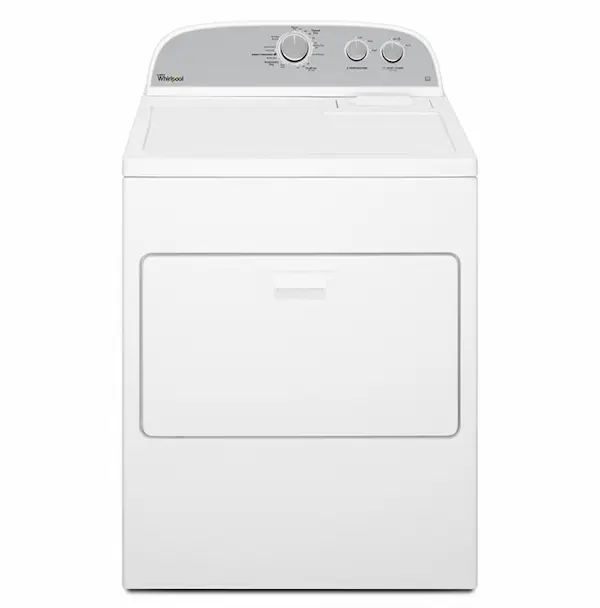
Whirlpool dryers typically need 72 minutes to dry a load of laundry.
73 minutes is the average Whirlpool dryer cycle time.
The cycle time on a Whirlpool dryer can be anywhere between 64 and 75 minutes.
The Whirlpool WHD5090G** is the fastest and most energy-efficient Whirlpool clothes dryer available. Get more details on energystar.gov.
Miele Dryer Cycle Time
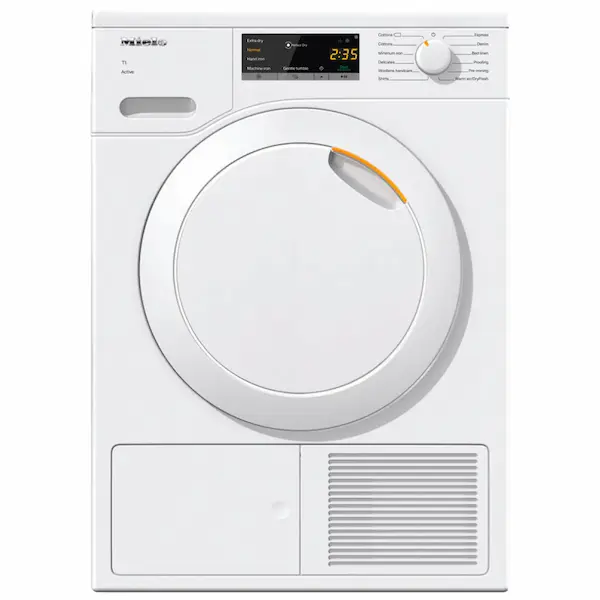
Some of the quickest and most effective dryers on the market come from Miele.
Miele makes 4 appearances in our table of 11 of the most efficient dryers.
34 to 53 minutes is the range of the Miele dryer cycle time.
Clothes dry in 38 minutes on average with Miele dryers.
37 minutes is the typical Miele dryer cycle time.
With a cycle time of just 34 minutes, the fastest Miele dryer is the Miele – TWB120 WP (view details on energystar.gov).
GE Dryer Cycle Times
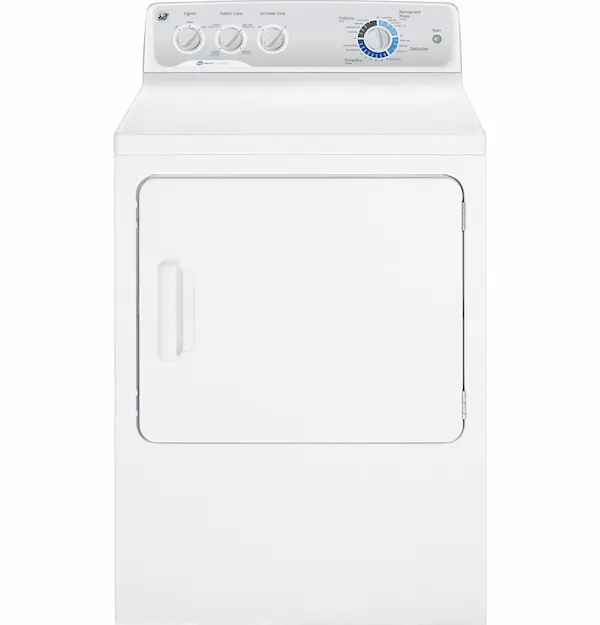
The GE dryer’s cycle times range from 58 to 72 minutes.
GE dryers dry clothes in an average of 61 minutes per load.
The typical cycle time for a GE dryer is 59 minutes.
The fastest GE clothes dryer is the GE – GTD84EC*N*** (get more details on energystar.gov), which has a drying time of 58 minutes.
Fastest Clothes Dryer
The Miele – TWB120 WP is the quickest clothes dryer, finishing the job in only 34 minutes (47% faster than the industry standard).
View dryer details on energystar.gov.
This dryer is the fastest ENERGY STAR certified clothes dryer and managed to gain the converted “ENERGY STAR Most Efficient” label.
A test cycle was used to determine the 34-minute period. Depending on the dryer setting, load size, fabric, and degree of dampness, the actual drying time may be shorter.
Troubleshooting Tips for a Dryer Taking Too Long to Dry
Check for all of the potential dryer issues listed below. If you encounter a problem that you are unable to solve, you can rely on Mr. Appliance® to provide a clear diagnosis and effective appliance repair.
User Error. Using the incorrect heat and/or timer settings for the fabric type and overloading the dryer are two common dryer usage mistakes. For advice on recommended load sizes, drying times, and heat settings, consult the manufacturer’s instructions. To allow for airflow, clothing needs space to tumble around freely.
Problems with an air vent or lint trap. The proper air flow and an open exhaust path are essential for dryer efficiency. A cracked, lint-filled, or excessively long venting hose could cause the dryer to overheat. Most contemporary dryers have high temperature sensors as a safety feature that turn the heat off when the temperature reaches a certain level. Even though the drum might keep turning, drying clothes without heat will take a very long time. Lint accumulation in the vent hose can be reduced by cleaning the lint trap after each use, but you’ll still need professional dryer vent cleaning at least once a year to avoid inefficient operation and the possibility of fire. You might want to schedule this service up to four times a year if you use your dryer every day.
damaged heating element The drying time for clothes will be significantly extended or made nearly impossible by a heating element that has partially or completely burned out. For instructions on how to inspect the heating element and replace it if necessary, refer to the owner’s manual that came with your dryer unit.
faulty sensors or thermostats It’s less likely that your dryer’s excessive drying time is caused by faulty sensors or thermostats. Your dryer won’t maintain the proper temperatures if one of these components is malfunctioning. Once more, consult manufacturer instructions before evaluating these components on your dryer.
How to Keep the Dryer Working Properly?
- Follow the dryer’s manual’s directions for recommended drying times, load sizes, and heat settings. Do not fill the dryer to capacity.
- Use the appropriate settings for the fabric type and load size.
- After every load, clean the lint filters.
- At the very least once a year, clean the ventilation.
- Every few months, give the dryer a soft cloth wipedown to keep it clean. Keep the dryer’s moisture sensors clean to prevent inaccurate readings if it has them.
- Empty any heat pump or condenser dryer water that has accumulated on a regular basis. If the dryer has a heat exchanger, it should be taken apart and cleaned under running water as well.
FAQs
How Long Does a Dryer Take to Dry One Shirt?
Depending on the fabric of the shirt, drying time will vary. Drying times are longer for thicker materials.
To dry a single shirt, however, you should typically allow 10 to 15 minutes.
For even quicker results, try mixing in a dry towel along with your shirt.
Why Does My Dryer Take Two Hours to Dry Clothes?
If one dryer cycle won’t dry your clothes, there are a few possibilities:
- The load is too big
- The clothes are wrapped around each other or tangled into a clump, and the middle isn’t able to dry properly
- You need to clean the lint tray or vent
- Your dryer is broken or damaged
After cleaning your machine and making sure you’re following the care instructions on your dryer and laundry supplies, check for any repairs that may be required, then repeat the troubleshooting steps listed above.
So, How Long Does a Dryer Last?
You may be considering purchasing a new dryer if your current one isn’t properly drying your clothes. Everybody wants their appliances to last a lifetime, but how much should you spend on repairs if your dryer is already old?
Dryers typically last ten years on average. Sadly, some fail well before they reach the age of ten, while others last much longer than this.
Therefore, if your dryer is only a few years old, the repairs might be worthwhile. If it’s over fifteen years old, think about getting a new dryer.
Read about
